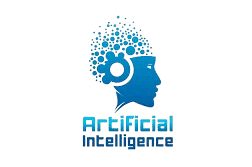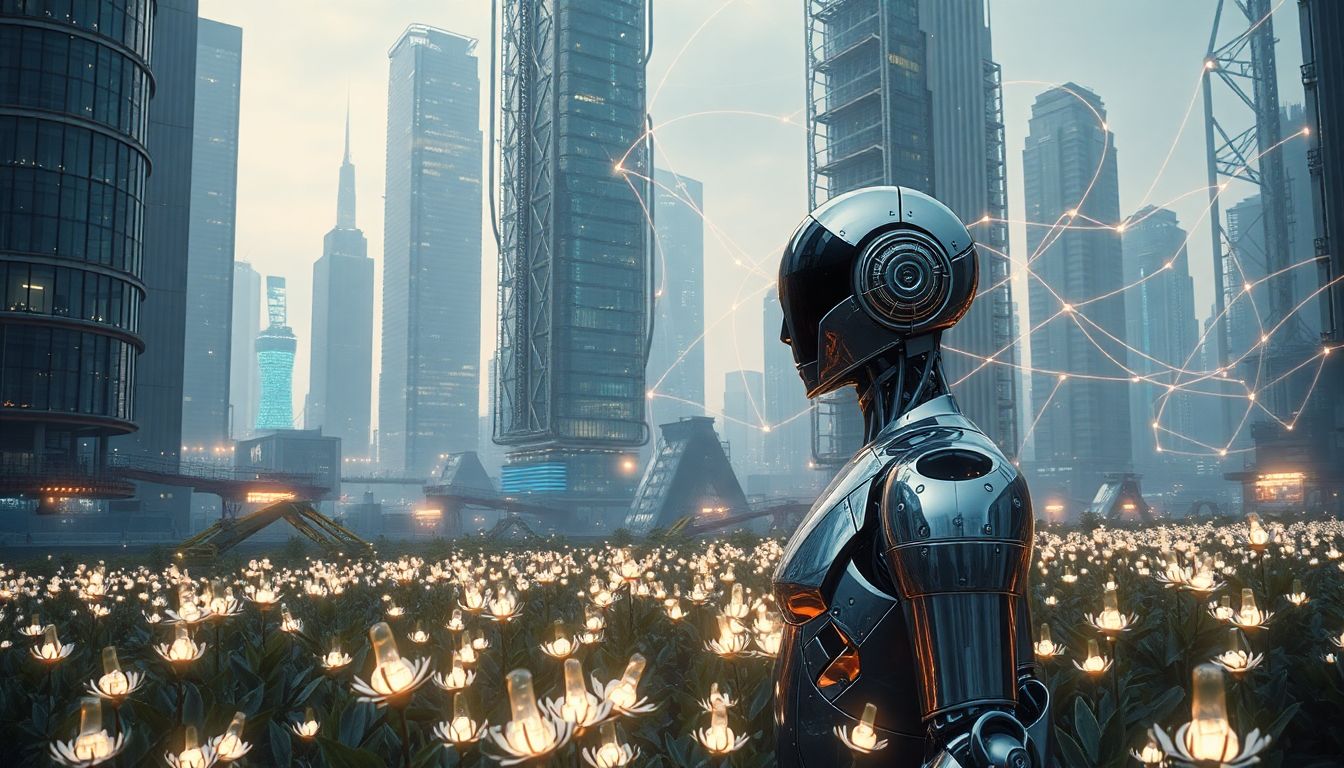The Core Principles and Definitions
Artificial Intelligence (AI), Machine Learning (ML), and Robotics are interconnected technologies reshaping industries and everyday life. Let’s break down what each of these terms means.
What is Artificial Intelligence (AI)?
AI refers to machines that can mimic human intelligence. It includes Narrow AI, which performs specific tasks (e.g., Siri, Alexa), and the theoretical General AI, which can perform any intellectual task a human can. Super AI, which surpasses human intelligence, remains hypothetical.
Demystifying Machine Learning (ML)
ML is a subset of AI that enables computers to learn from data without explicit programming. It includes supervised learning (using labeled data), unsupervised learning (finding patterns in unlabeled data), and reinforcement learning (learning through rewards). ML powers systems like Netflix recommendations and fraud detection.
The World of Robotics
Robotics involves designing, building, and operating robots to perform tasks that are dangerous, repetitive, or difficult for humans. Robots use sensors, actuators, and controllers to interact with their environment. Examples include industrial robots, service robots, and humanoid robots.
The Convergence of AI, ML, and Robotics
When AI, ML, and robotics come together, they create systems capable of remarkable tasks. This synergy enhances their individual capabilities, leading to groundbreaking innovations.
Autonomous Improvement with AI-Powered Robotics
AI algorithms enable robots to perform complex tasks autonomously. Examples include self-driving cars navigating busy streets and robots assembling products with precision on factory floors.
Decisive Action Based on ML-Driven Insights
ML analyzes data collected by robots to improve efficiency and decision-making. For instance, predictive maintenance uses ML to identify when machines are likely to fail, reducing downtime.
Adapting to Real-Time and Learning
ML allows robots to learn from experience. In robotic surgery, robots can refine techniques to improve accuracy. In disaster response, robots navigate hazardous environments to locate survivors.
Industry Applications in the Real World
AI, ML, and robotics are transforming industries, from manufacturing to healthcare and agriculture.
Manufacturing and Logistics
Automated assembly lines and warehouse robots are revolutionizing manufacturing and logistics. Drones and autonomous vehicles are speeding up delivery times and reducing costs.
Healthcare and Medicine
Surgical robots enable precise, minimally invasive procedures. AI-powered diagnostics detect diseases earlier, and personalized medicine tailors treatments to individual patients.
Agriculture and Environmental Monitoring
Precision agriculture uses sensors and AI to optimize crop yields. Drones monitor crop health, and autonomous machinery plants and harvests crops, reducing waste and environmental impact.
Challenges and Ethical Issues
While AI, ML, and robotics offer immense potential, they also raise important challenges and ethical concerns.
The Future of Work and Job Displacement
Automation may displace jobs in some industries. Workforce retraining and education are essential to help people adapt to new roles.
Bias and Fairness in AI Algorithms
AI systems can inherit biases from the data they are trained on, leading to unfair outcomes. Ensuring fairness and transparency in AI is crucial.
Safety and Security Risks
Autonomous systems can pose safety risks if not properly designed. Cybersecurity measures are necessary to prevent hacking and ensure public safety.
The Future of AI, ML, and Robotics
The future of AI, ML, and robotics is filled with exciting possibilities. Here’s what to expect.
New Developments in AI and ML Algorithms
Advances in deep learning and neural networks will lead to more powerful AI systems, enabling smarter solutions across industries.
The Rise of Collaborative Robotics (Cobots)
Cobots, which work alongside humans, are becoming more common in manufacturing and other sectors. They enhance productivity and create safer workplaces.
The Metaverse and Embodied AI
AI, ML, and robotics will play a key role in the metaverse, creating immersive and interactive experiences. AI-powered avatars could transform how we learn, work, and socialize.
Conclusion
The combination of AI, ML, and robotics is a transformative force. From autonomous vehicles to robotic surgery, these technologies are already making a significant impact. As advancements continue, we can expect even greater innovations that solve some of the world’s most pressing challenges. The future of AI, ML, and robotics is bright, and their potential is limitless.

